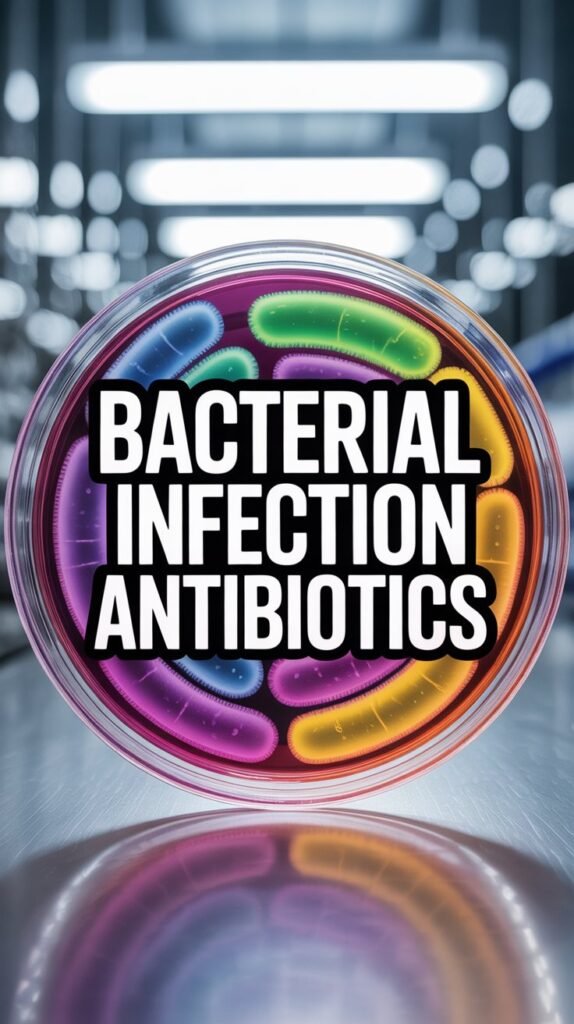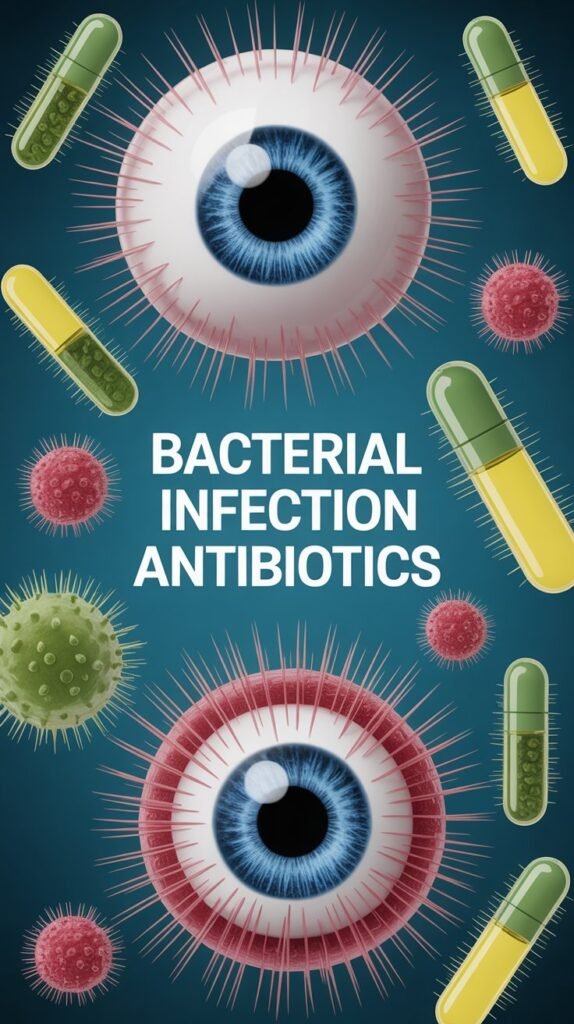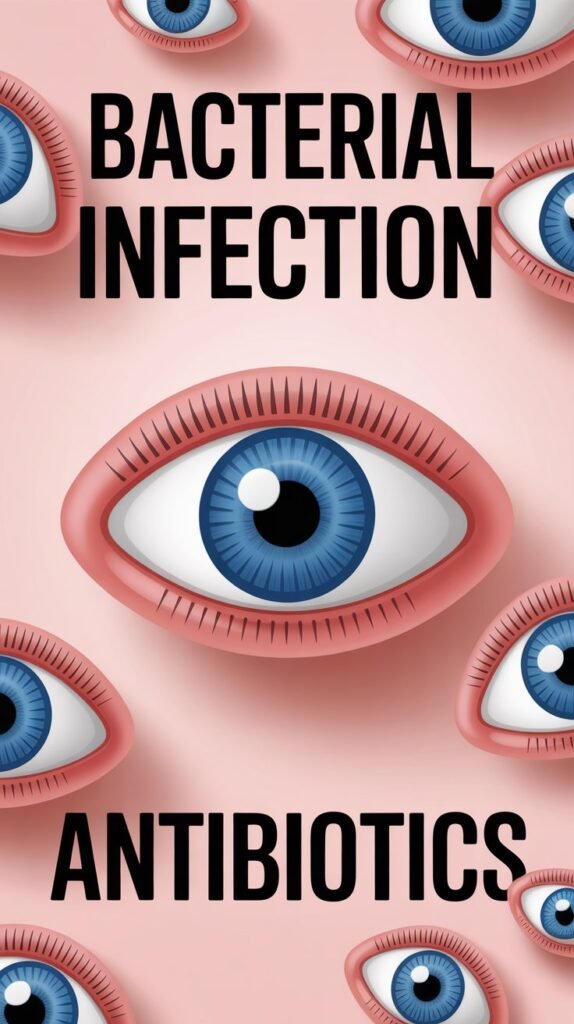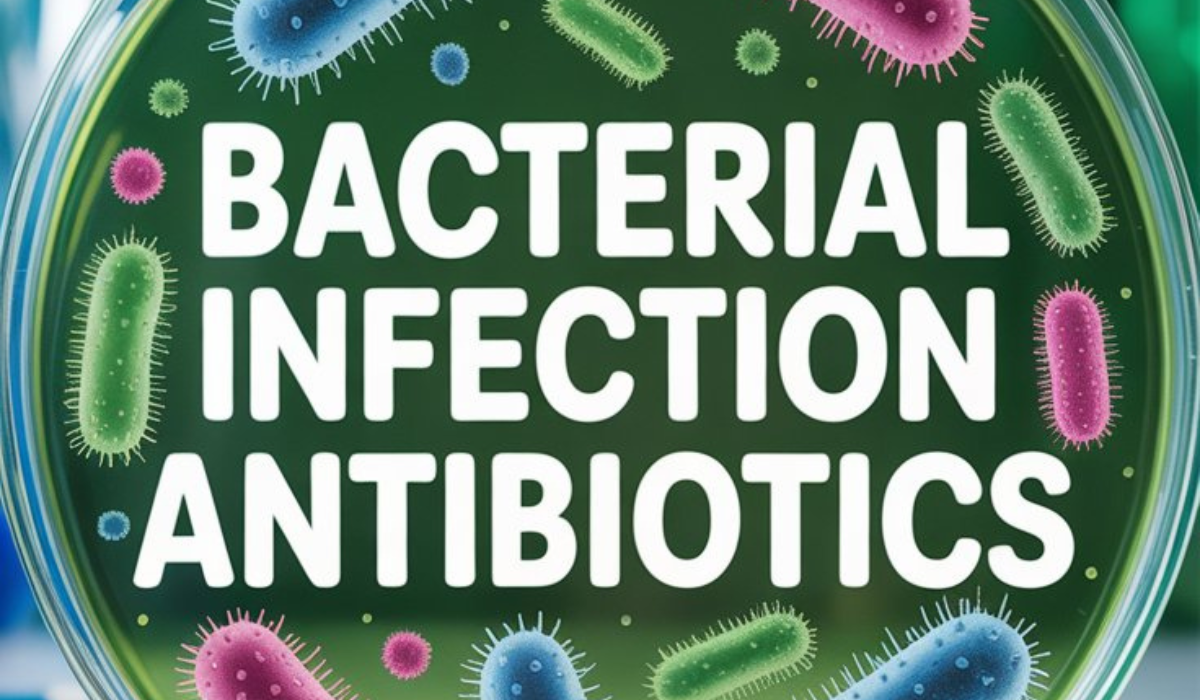Fishkeeping is a rewarding hobby, but it comes with challenges, especially when dealing with diseases. Among the most common health problems in aquariums and ponds are bacterial infections. These infections can spread rapidly, weaken fish, and if untreated, lead to high mortality rates. Fortunately, with the right knowledge, fishkeepers can manage and treat these infections effectively. One of the most widely used treatments is antibiotics for fish bacterial infections.
In this detailed guide, we will cover everything you need to know about fish bacterial infections, the role of antibiotics, safe usage, prevention strategies, and answers to common questions.
Understanding Fish Bacterial Infections
Bacterial infections in fish occur when harmful bacteria invade the fish’s body, typically through open wounds, stress, or poor water conditions. Unlike parasites or fungal infections, bacterial diseases can be harder to diagnose because symptoms often overlap with other health issues.
Common Causes of Bacterial Infections in Fish

- Poor Water Quality – Ammonia, nitrite, or nitrate spikes stress fish, lowering immunity.
- Overcrowding – High stocking density leads to stress and rapid spread of bacteria.
- Stress – Transport, sudden water changes, and aggressive tankmates weaken immunity.
- Injuries – Fin nipping, rough handling, or sharp decorations allow bacteria to enter wounds.
- Unquarantined Fish – Introducing new fish without quarantine can bring harmful bacteria.
Common Bacteria That Infect Fish
- Aeromonas hydrophila – Causes ulcers, fin rot, and hemorrhagic septicemia.
- Pseudomonas spp. – Leads to skin lesions and internal infections.
- Flexibacter columnare – Responsible for columnaris disease (cotton-wool-like patches).
- Mycobacterium spp. – Causes chronic wasting disease in fish.
Symptoms of Bacterial Infections in Fish
Recognizing early signs of bacterial infections is essential for successful treatment. Symptoms may vary depending on the bacterial species and severity, but common ones include:
- External Symptoms:
- Red streaks or sores on the body
- White, cottony patches (columnaris)
- Ragged fins or fin rot
- Swollen eyes (popeye disease)
- Ulcers or open wounds
- Excessive mucus on the skin
- Internal Symptoms:
- Loss of appetite
- Lethargy or erratic swimming
- Swollen abdomen (dropsy)
- Weight loss despite eating
- Gasping at the surface (if gills are infected)
Prompt treatment with antibiotics can prevent the infection from spreading and save the fish population.
Role of Antibiotics in Treating Fish Bacterial Infections
Antibiotics are medications that kill or inhibit the growth of harmful bacteria. In aquariums and fish ponds, antibiotics are used to treat both external and internal bacterial infections. However, misuse of antibiotics can lead to resistant bacteria and harm the ecosystem, so correct use is crucial.
Types of Fish Antibiotics
- Broad-Spectrum Antibiotics
Effective against a wide range of bacteria. Examples:- Tetracycline
- Erythromycin
- Kanamycin
- Oxytetracycline
- Narrow-Spectrum Antibiotics
Target specific bacterial strains. Used when the exact bacteria is identified. - Gram-Positive vs. Gram-Negative Antibiotics
- Gram-positive infections: Treated with erythromycin.
- Gram-negative infections: Treated with kanamycin, tetracycline, or minocycline.
Commonly Used Antibiotics for Fish

Here’s a list of popular antibiotics used in aquaculture and home aquariums:
- Erythromycin (Maracyn)
- Best for gram-positive bacterial infections.
- Effective for fin rot, popeye, and body fungus.
- Kanamycin (Kanaplex)
- Works against gram-negative bacteria.
- Treats columnaris, dropsy, and septicemia.
- Can be absorbed internally, making it effective for systemic infections.
- Tetracycline
- Broad-spectrum antibiotic.
- Useful for internal infections like hemorrhagic septicemia.
- Minocycline (Maracyn Two)
- Effective against gram-negative bacteria.
- Works well for internal infections such as dropsy and mouth rot.
- Oxytetracycline
- Common in large-scale aquaculture.
- Treats ulcers, fin rot, and gill infections.
- Neomycin
- Often used with other antibiotics.
- Helps treat severe infections and ulcers.
How to Administer Antibiotics to Fish
There are several ways to deliver antibiotics to fish. The method depends on whether the infection is external or internal.
- Medicated Food
- Antibiotics are mixed with fish food.
- Best for internal infections.
- Works only if fish are still eating.
- Bath Treatment
- Fish are placed in medicated water for a short time.
- Useful for external infections like ulcers and fin rot.
- In-Tank Treatment
- Antibiotics are added directly to the aquarium water.
- Effective for both internal and external infections but may harm beneficial bacteria in the filter.
- Injection (Advanced Aquaculture)
- Used for valuable or large fish (like koi).
- Requires expertise and veterinary supervision.
Risks and Precautions of Using Antibiotics in Fish
While antibiotics can be life-saving, misuse poses risks.
Risks of Overusing Antibiotics
- Development of antibiotic-resistant bacteria.
- Disruption of beneficial bacteria in the filter (biological filtration collapse).
- Residual chemicals may harm shrimp, snails, and sensitive species.
- Potential environmental impact if discharged into natural waters.
Safe Practices
- Always follow dosage instructions carefully.
- Quarantine infected fish to prevent spreading.
- Complete the full course of antibiotics, even if fish look better.
- Avoid using human antibiotics unless prescribed for fish by a vet.
Natural Alternatives to Antibiotics

Some aquarists prefer natural methods to reduce antibiotic use. While not always as strong as antibiotics, these can help boost fish health:
- Aquarium Salt – Helps reduce stress and treat mild bacterial issues.
- Indian Almond Leaves (Catappa leaves) – Natural antibacterial and antifungal properties.
- Garlic – Enhances fish immunity and acts as an antimicrobial agent.
- Melafix (Tea Tree Oil extract) – Mild antibacterial for treating fin rot and open wounds.
Preventing Bacterial Infections in Fish
Prevention is always better than cure. By maintaining a healthy aquarium environment, you can minimize the risk of bacterial outbreaks.
Best Practices for Prevention
- Maintain Excellent Water Quality – Regular testing for ammonia, nitrite, nitrate, and pH.
- Regular Water Changes – Keep toxins low and oxygen levels high.
- Avoid Overcrowding – Provide adequate space for each fish.
- Quarantine New Fish – Isolate for 2–4 weeks before adding to the main tank.
- Handle Fish Gently – Avoid injuries during netting or transfers.
- Balanced Diet – Provide high-quality food to strengthen immunity.
- Observe Fish Daily – Early detection makes treatment more effective.
Step-by-Step Treatment Plan for Fish Bacterial Infections
- Identify Symptoms – Look for external and behavioral changes.
- Quarantine Infected Fish – Prevents spreading and allows targeted treatment.
- Improve Water Quality – Perform partial water changes and clean the tank.
- Select the Right Antibiotic – Based on symptoms and suspected bacteria.
- Administer Treatment – Use medicated food, baths, or in-tank treatment as needed.
- Monitor Progress – Watch for improvement or worsening signs.
- Complete Full Course – Do not stop early, even if fish seem recovered.
Conclusion
Fish bacterial infection antibiotics are an essential tool in the aquarist’s toolkit. When used responsibly, they can save fish lives and restore aquarium health. However, prevention remains the most effective strategy—by maintaining excellent water quality, reducing stress, and practicing quarantine, you can minimize the chances of bacterial outbreaks.
Responsible antibiotic use, combined with natural preventatives and good fishkeeping practices, ensures a healthy, thriving aquatic environment.
FAQs About Fish Bacterial Infection Antibiotics
Q1: Can I use human antibiotics for my fish?
No, you should not use human antibiotics unless prescribed by a veterinarian. Fish-specific antibiotics are formulated for aquatic use and dosing.
Q2: How long does it take for antibiotics to work in fish?
Visible improvement may be seen within 2–5 days, but you must complete the full treatment course to prevent relapse.
Q3: Do antibiotics kill beneficial bacteria in my aquarium filter?
Yes, some antibiotics can disrupt biological filtration. Always monitor water parameters and be prepared for extra maintenance.
Q4: Can bacterial infections in fish spread to humans?
Most fish bacteria are harmless to humans, but some (like Mycobacterium) can cause infections if you have open wounds. Always wash hands after handling fish or aquarium water.
Q5: What if my fish stop eating during antibiotic treatment?
If fish refuse food, switch to water-based antibiotic treatment (bath or in-tank) to ensure they still receive medication.
Q6: Is it safe to use antibiotics in tanks with shrimp and snails?
Many antibiotics harm invertebrates. It’s best to treat fish in a separate quarantine tank to protect sensitive tankmates.
Q7: How can I prevent antibiotic resistance in fish tanks?
Use antibiotics only when necessary, follow correct dosages, and avoid incomplete treatments.

